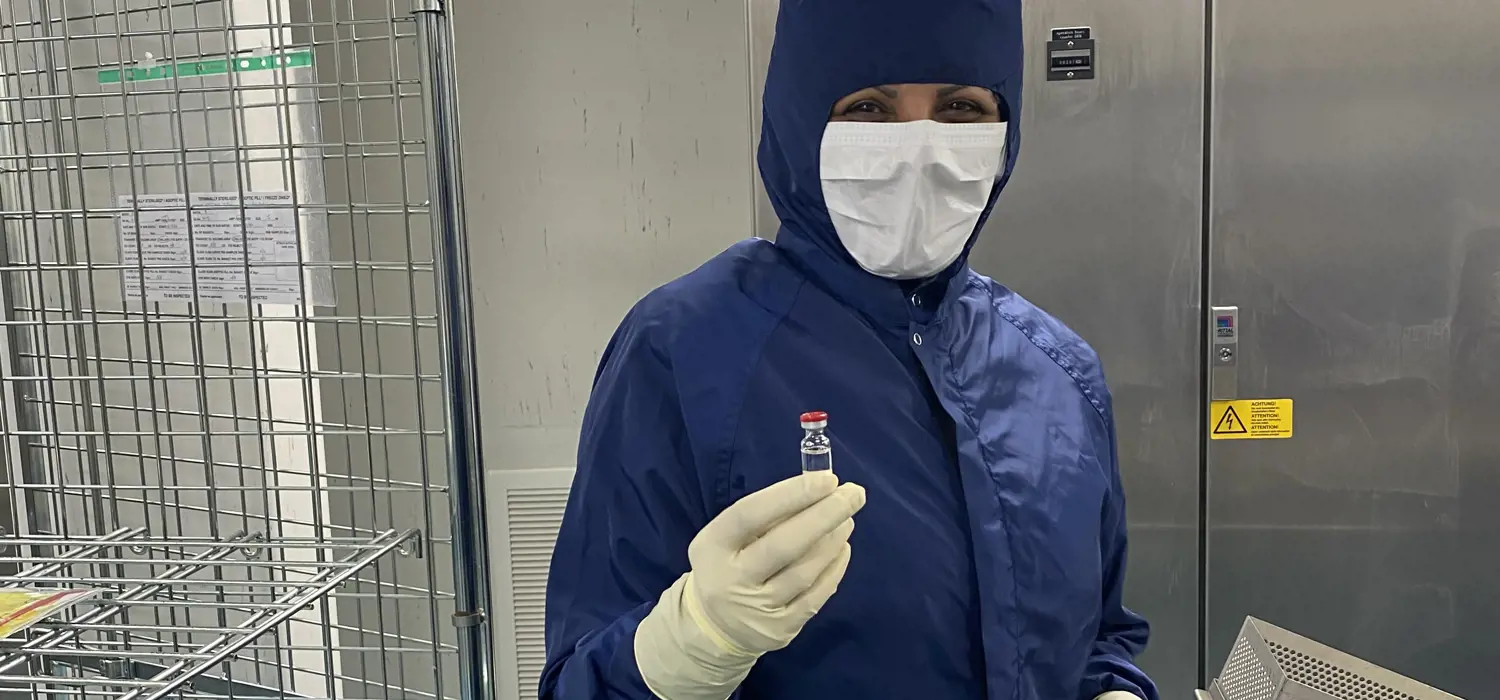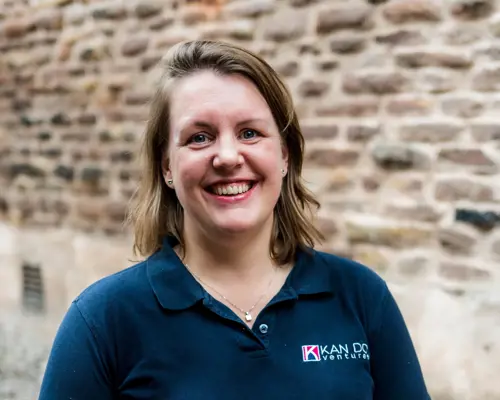
Manufacturing the Oxford-AstraZeneca COVID-19 vaccine
During the pandemic the Oxford-AstraZeneca COVID-19 vaccine needed to be manufactured as quickly as possible in very high quantities to help protect the population.
The call for vaccines
The COVID-19 virus was declared a pandemic in March 2020. As a result, many countries went into a state of lockdown to try to reduce the spread of the virus. This was the case in the UK, where lockdown was introduced to help reduce the spread of the virus and lessen the impact on the NHS.
AstraZeneca (in collaboration with Oxford University) was one of several companies that developed a COVID-19 vaccine for use in the UK during the pandemic. Following callouts from the UK government to manufacturers, a small manufacturing facility in North Wales called Wockhardt, began setting up to carry out the fill-finish manufacture of the Oxford-AstraZeneca vaccine on a large scale. If you had the Oxford-AstraZeneca vaccine in the UK, it’s extremely likely it came from there.

Factfile
- Project goal
- To manufacture 100 million doses of the Oxford-AstraZeneca COVID-19 vaccine for the UK population as fast possible.
- Key considerations
- The team at the facility needed to setup an efficient manufacturing process, using the right materials. The vaccine had to be stored at the correct temperature, which was uncertain at the start of the project.
- The engineering
- The team, manufacturing processes and data-driven communication all needed to be set up so enough vaccines could be manufactured.
Setting up the factory
It was the factory team's job to make the drug product, which involved diluting the bulk drug substance (the active part of the vaccine), filling it into vials and sealing them to maintain the product quality. Each vial needed to hold ten doses.
The COVID-19 vaccine programme manager at Wockhardt at the time, Alice Kan, spent her first week in the role rapidly gathering information, understanding the overall aim of the project, which was summarised as “do the impossible…only quicker”. She focussed on forming a supply chain which took the drug substance (also manufactured in the UK), diluted it, put it into vials, packed it into boxes and stored it briefly before sending it out to vaccination centres all over the UK. Alice had to work out how they were going to get enough vials manufactured and tested, along with all the documentation required by the MHRA (the UK regulator). In her role, Alice built a team with lots of different expertise to work with, and together they made hundreds of technical decisions at a fast pace. Once operational, the manufacturing facility was creating on average over 3 million doses per week. A big part of Alice’s role on this major project was communicating complicated ideas to non-engineers and non-scientists.

Meet Alice Kan
Former COVID-19 vaccine programme manager at Wockhardt. Alice is now contributing to the Sabin Vaccine Institute’s efforts to tackle two of the world’s deadliest diseases, Ebola and Marburg, by supporting the manufacture of vaccines currently in Phase 2 clinical trials.
The vials
As Wockhardt were preparing to manufacture the Oxford-AstraZeneca vaccine there was a global glass shortage, which was as a result of many organisations buying lots of vials in the hope that their vaccine would be successful. This had the potential to significantly impact the project, as without vials, the vaccine would not be able to reach any patients. A specific type of glass (type 1 borosilicate glass) was needed for the vaccine vials to stop anything leaching out, which would have negatively impacted the quality of the vaccine. There were also challenges with the seals for the vials (used to keep the vaccine sterile and safe to use), which had to be quickly resolved, otherwise the vaccine would be wasted.
The whole project was a collaborative effort, and a problem at Wockhardt was shared with support from the Vaccines Task Force, AstraZeneca and other experts specific to the issue. The vast majority of the 100 million Oxford-AstraZeneca vaccine doses for the UK came out of that factory.
"Anything is possible with a clear vision, communication and collaboration."
— Alice Kan, former COVID-19 vaccine programme manager at Wockhardt
Think engineering could be for you?
Become an engineer



